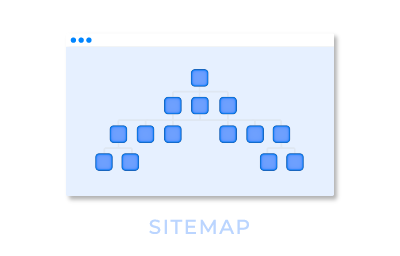Hi!
I would like to get the Name and surname from de Active Directory into a workflow variable.
Something like that:

But the variable takes the "id" form the active directory, not the name and surname.
When you use the variable as a reference, for example sending a mail, the result is:

I don't know how to get the Name and surname (or the mail) instead this identificator.
Thank you in advance and BR.




